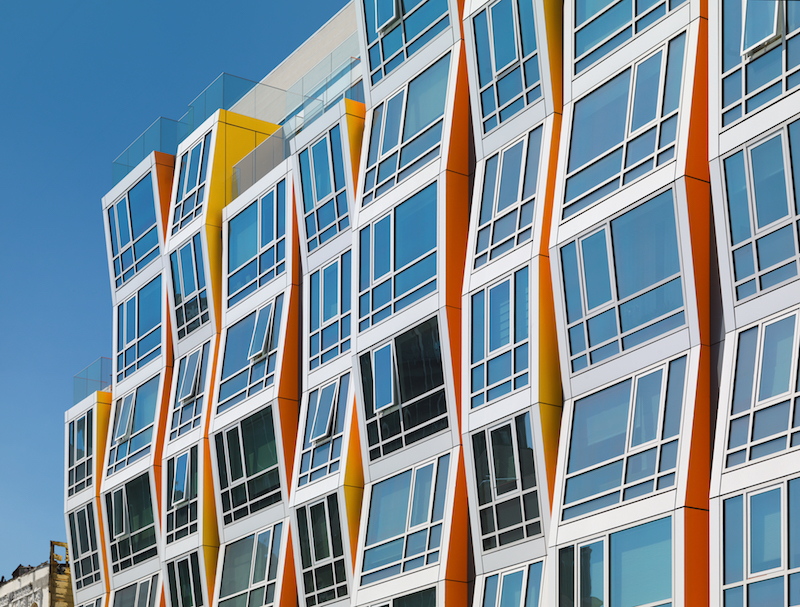1. Integrated sink system
Sloan
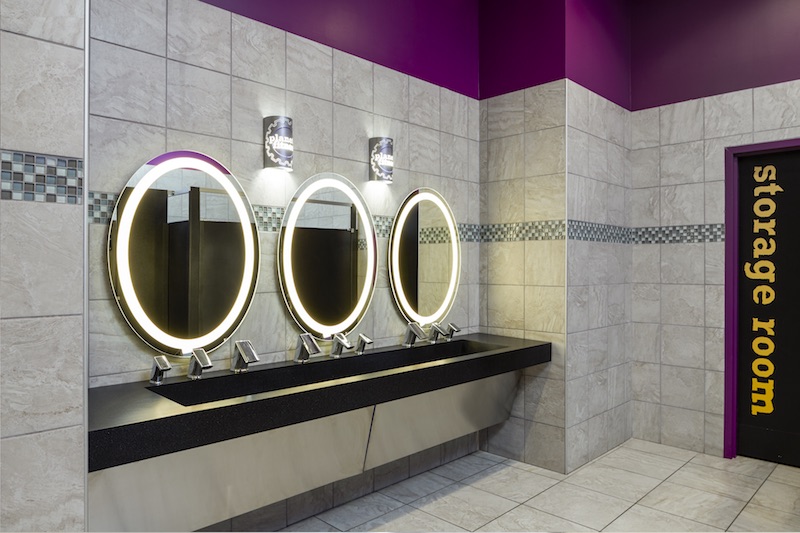
Project: Planet Fitness, Palmdale, Calif. Problem: Members of previous Planet Fitness locations complained of excess water on countertops and floors, which led to safety hazards. Solution: Sloan installed the AER-DEC sink system that features a sink basin, faucet, soap dispenser, and hand dryer all within an arm’s reach. The touch-free, integrated system eliminated the trips between sinks and hand dryers that caused the excess water on countertops and floors.
2. Insulated metal panels
Mcelroy metal
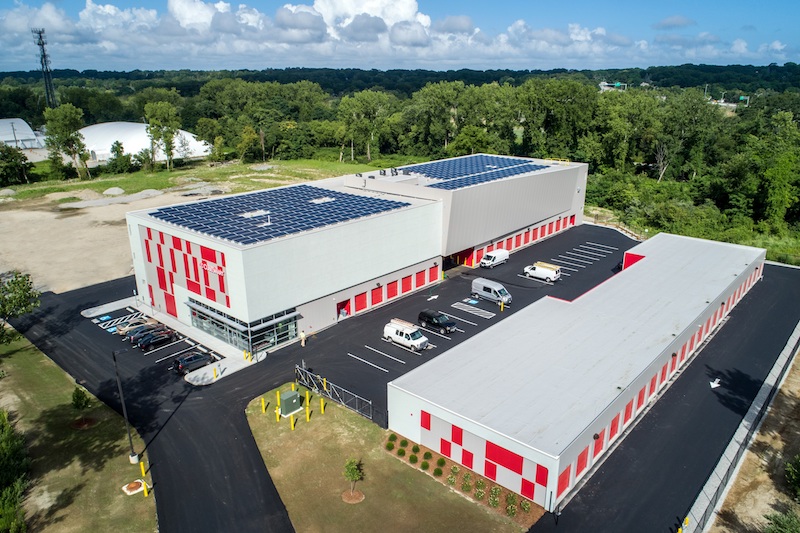
Project: CubeSmart, Cranston, R.I. Problem: Self-storage facilities are often mundane buildings. CubeSmart wanted to buck the trend. Solution: The two buildings that make up the storage facility were clad in a staggered arrangement of 29,000 sf of Ash Gray panels and 10,000 sf of CubeSmart Red panels. On the team: Lacuna Design (architect), Ubane Construction (GC), and EKM Construction (IMP installer).
3. Aluminum Composite Panels
3A Composites USA
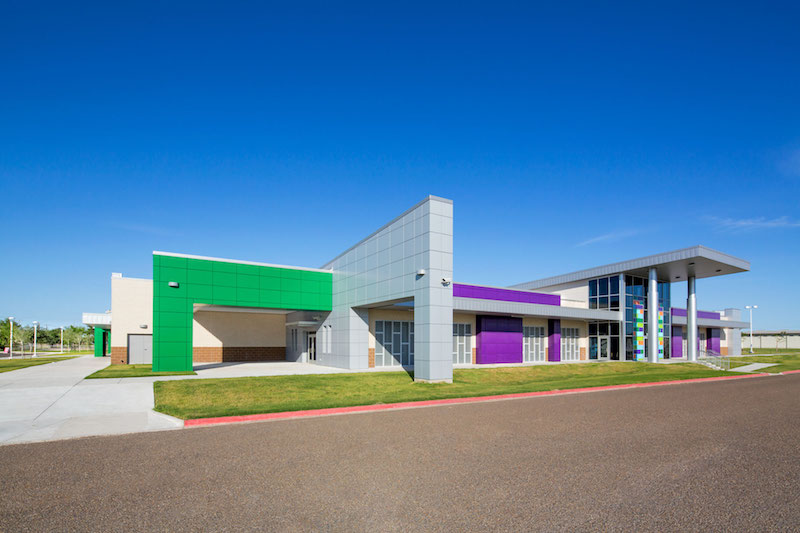
Project: South Texas College Technology Campus expansion, McAllen, Texas. Problem: The new university building needed a colorful, durable product to use as a decorative theme for the college while retaining an industrial look. Solution: 15,200 sf of 4mm Alucobond aluminum composite material in custom colors was juxtaposed with cream-colored brick and brown split-face block wainscot on the building’s façade. Also used: 6,200 sf of custom STC Green; 2,700 sf of custom STC Violet; and 6,300 sf of Silver Metallic. On the team: EGV Architects (architect) and E-Con Group (GC).
4. High-efficiency windows
Linetec and winco windows
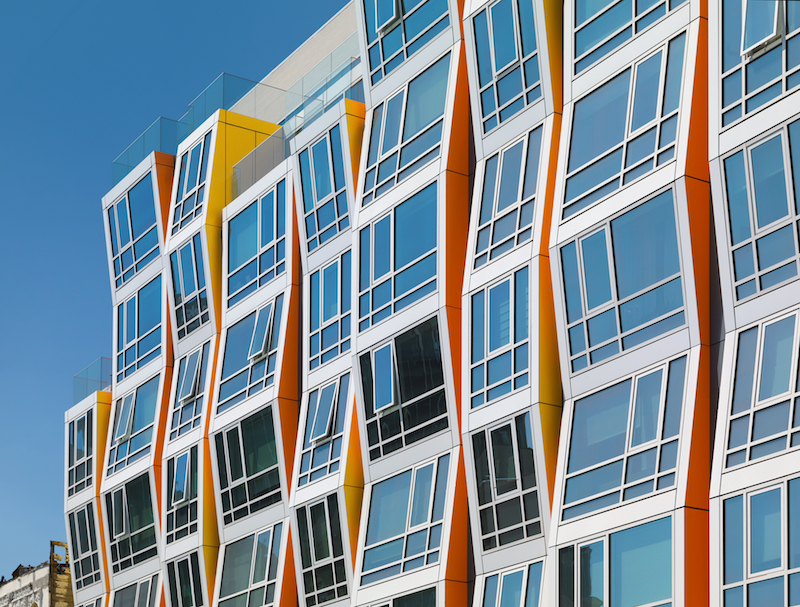
Project: Vida, San Francisco. Problem: A mixed-use building wanted a neutral, energy-efficient contrast for its colorful façade, which reflects the color and texture of the neighborhood’s Latin-influenced murals and crafts. Solution: Winco Windows’ 1450 Series 4-inch unitized window wall and 3325 Series 3.25-inch zero sightline vents, finished by Linetec in Snow White color. The finish improves thermal performance while maintaining the long-term durability of the fenestration. On the team: DLR Group, Kwan Henmi (architects), Build Group (GC), Bagatelos Architectural Glass Systems (glazing contractor).
5. Energy-efficient roof system
Firestone Building Products
Project: Bridgestone Tower, Nashville, Tenn. Problem: To achieve LEED Gold certification, the project team needed an energy-efficient roof system. Solution: Firestone Building Products’ UltraPly TPO and ISO 95+ were used for the project. UltraPly TPO added LEED points to the design, operation, and maintenance of the building. Its white reflective surface exceeds the EPA’s Energy Star requirements. ISO 95+ offers the highest R-value ratings per inch compared to other insulation materials, says the maker.
6. Metal Panel Exterior
Centria
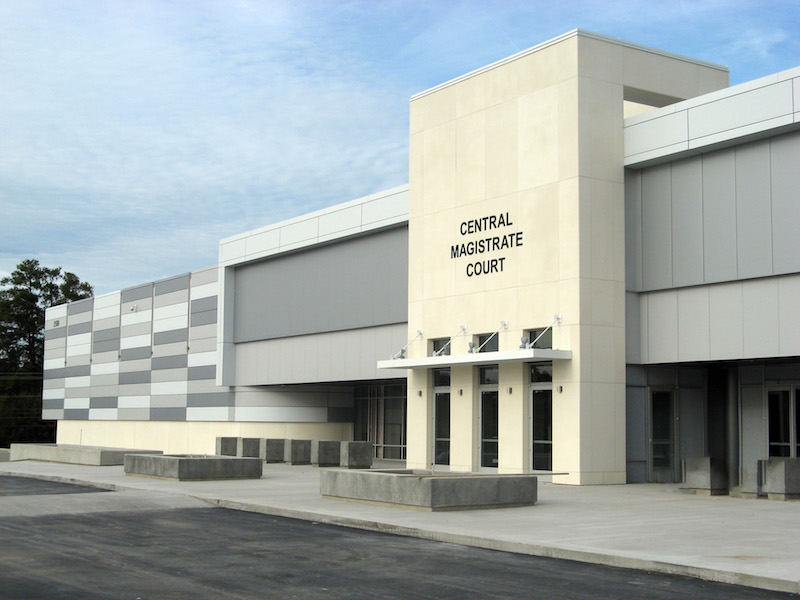
Project: Richland County Decker Center, Columbia, S.C. Problem: The building needed to be visually unified and eliminate any semblance of its former purpose as a strip mall. Solution: Formawall panels in an Off White color with a smooth finish were contrasted with Formawall panels in Chromium Gray across the main building façade. Versawall embossed insulated metal panels in Silver and metallic Sundance AM coating were used around the rear of the building. On the team: Boudreaux (architect), H.G. Reynolds (GC), SECO Architectural Systems (metal panel installer).
Related Stories
| Aug 11, 2010
Special Recognition: Kingswood School Bloomfield Hills, Mich.
Kingswood School is perhaps the best example of Eliel Saarinen's work in North America. Designed in 1930 by the Finnish-born architect, the building was inspired by Frank Lloyd Wright's Prairie Style, with wide overhanging hipped roofs, long horizontal bands of windows, decorative leaded glass doors, and asymmetrical massing of elements.
| Aug 11, 2010
Giants 300 Index and Methodology
BD+C's annual Giants 300 list consists of U.S. firms that designed or constructed the largest volume of commercial, institutional, industrial, and multifamily residential buildings in 2008. Each spring, the editors survey the country's largest firms, ranking the top 300 across six categories: architects, architect/engineers, engineers, engineer/architects, contractors, and construction managers.
| Aug 11, 2010
The pride of Pasadena
As a shining symbol of civic pride in Los Angeles County, Pasadena City Hall stood as the stately centerpiece of Pasadena's Civic Center since 1927. To the casual observer, the rectangular edifice, designed by San Francisco Classicists John Bakewell, Jr., and Arthur Brown, Jr., appeared to be aging gracefully.
| Aug 11, 2010
Education's Big Upgrade
Forty-five percent of the country's elementary, middle, and high schools were built between 1950 and 1969 and will soon reach the end of their usefulness, according to the 2005–2008 K-12 School Market for Design & Construction Firms, published by ZweigWhite, a Massachusetts-based market-research firm.
| Aug 11, 2010
Great Solutions: Technology
19. Hybrid Geothermal Technology The team at Stantec saved $800,000 in construction costs by embedding geothermal piping into the structural piles at the WestJet office complex in Calgary, Alb., rather than drilling boreholes adjacent to the building site, which is the standard approach. Regular geothermal installation would have required about 200 boreholes, each about four-inches in diameter ...


